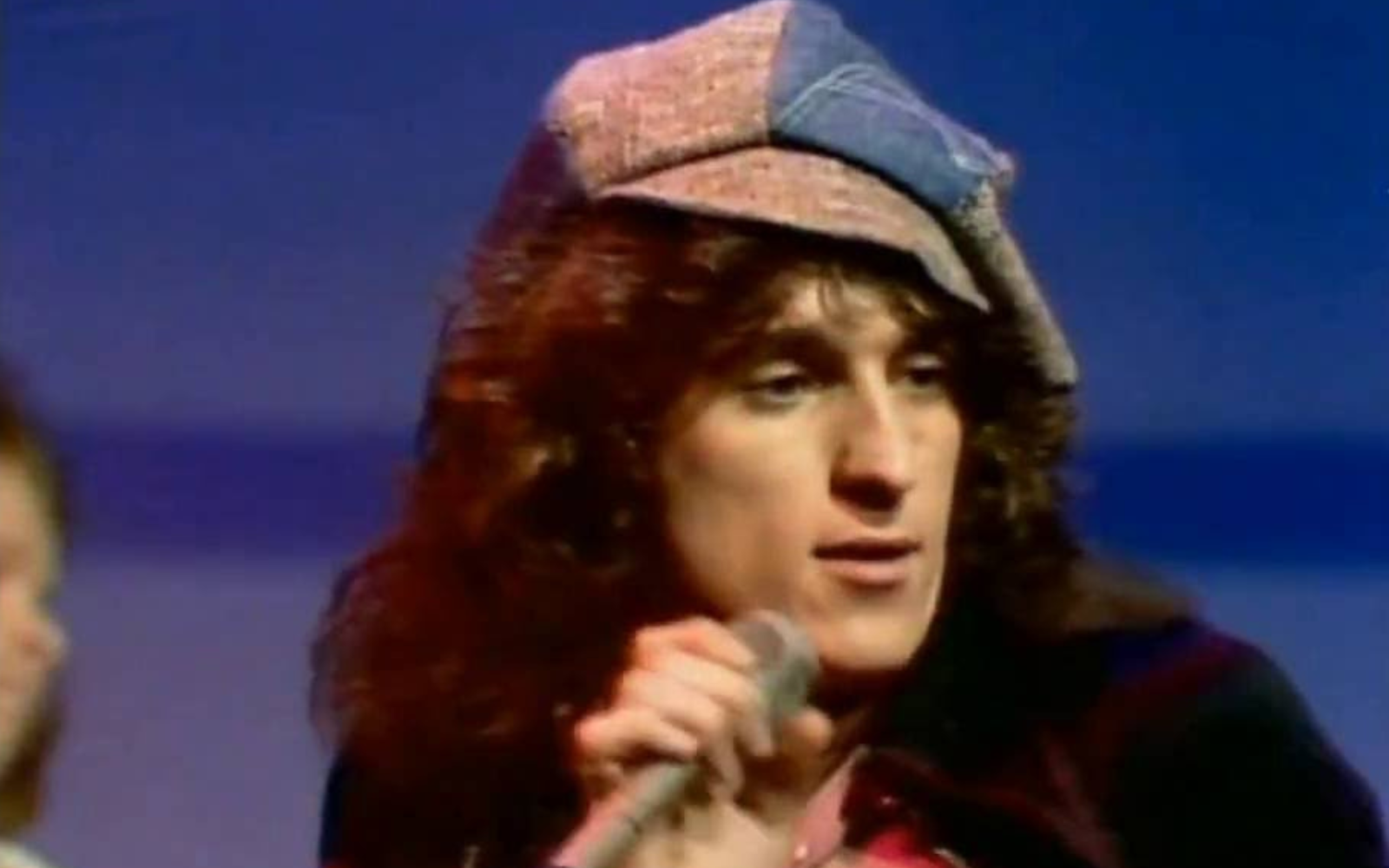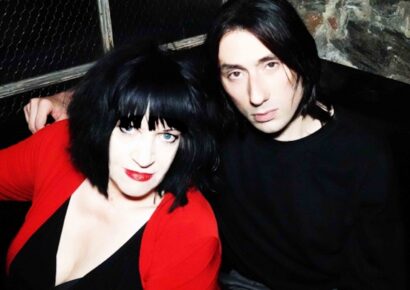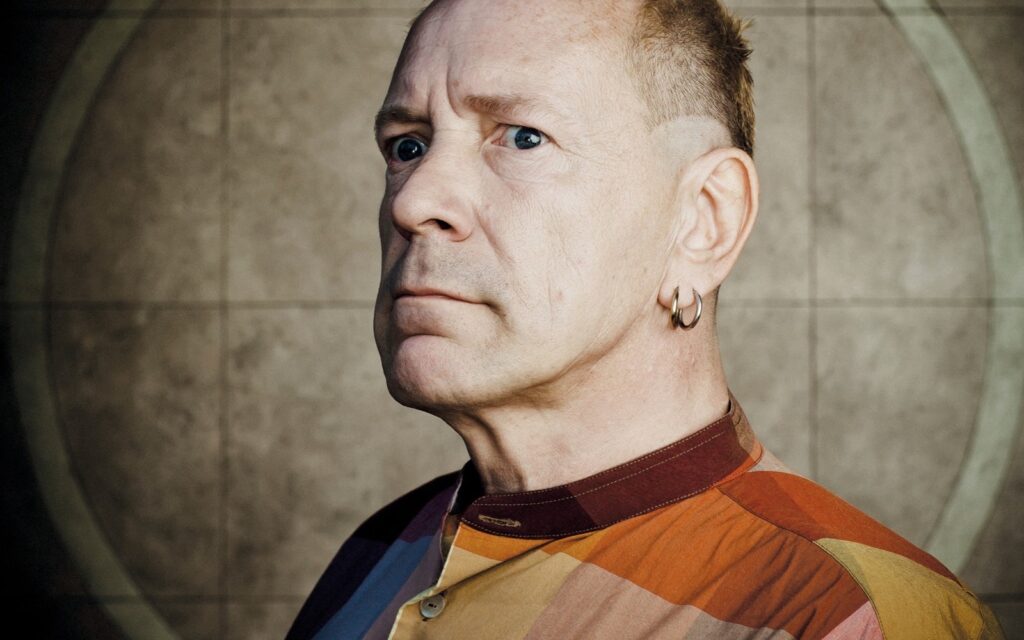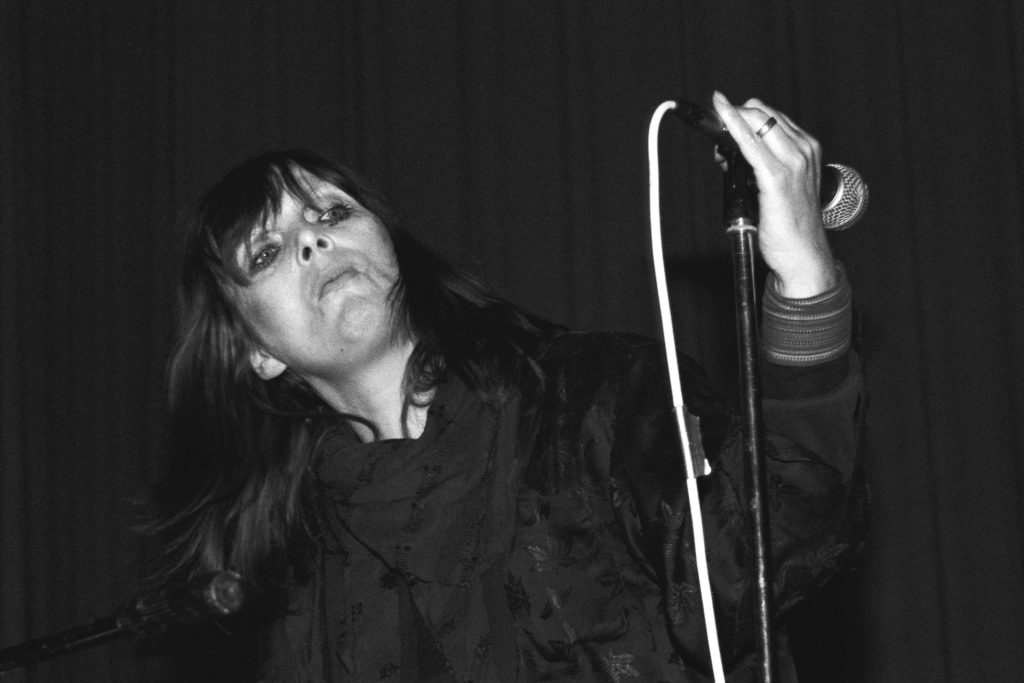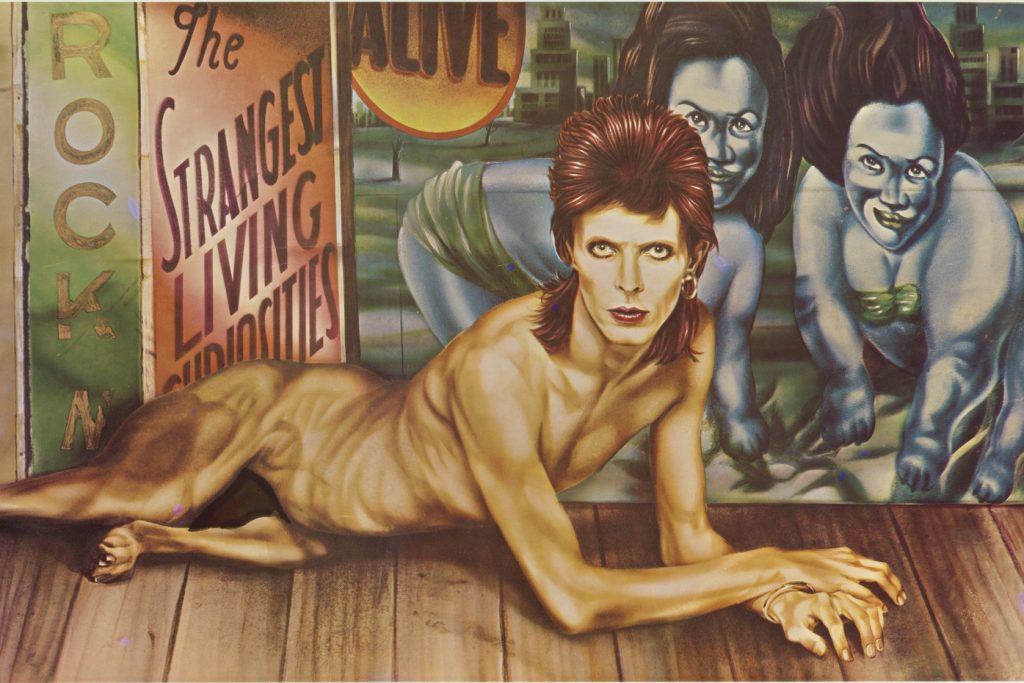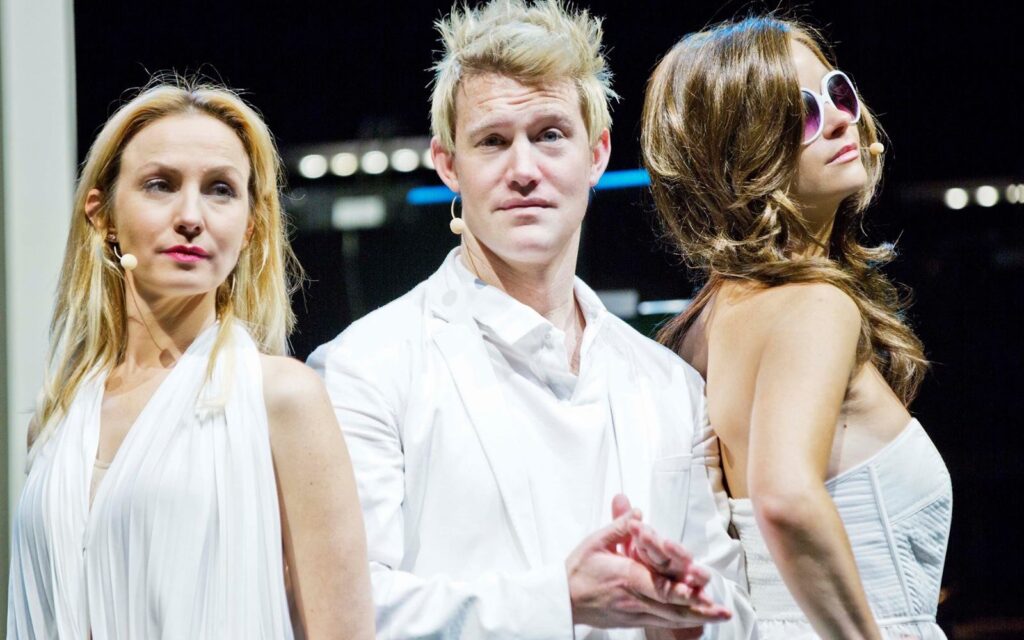Here are two more nominees for the unofficial title...
One is a solo performer who remains relatively unknown to the general public despite earning enviable respect and admiration amongst her peers throughout her long career. The second is a glam rock band that achieved chart success but limited critical acclaim.
This is a very strange (and slightly uncomfortable) edition for us given both nominees are originally from Sydney. But for once, we must insist – these artists developed their careers and owe so much of their success to the Melbourne scene. Ultimately, they spent so much time down south that it seems churlish to quibble, at least as a once-off.
Keep up with the latest music news, features, festivals, interviews and reviews here.
Jeannie Lewis
Jeannie Lewis (born 1945) is a highly talented virtuoso performer of jazz, blues, rock, folk, tango and opera, who began her diverse musical career playing in folk and jazz clubs in Sydney in the early 1960s. Gifted with a voice of extraordinary vocal range and tone, and able to brilliantly convey a vast array of moods and emotions, Jeannie Lewis is arguably the most underrated performance artist in Australian musical history.
After singing in clubs and with jazz bands such as the Alan Lee Jazz Quintet and the Ray Price Jazz Quintet throughout the 60s, in early 1970 Lewis changed streams to join forces with the progressive rock band Tully, who had just completed a stint as the house band for the Australian production of the rock musical Hair. In what was to be the first stage of a long and successful collaboration, her first foray into rock music was as one of two vocalists, alongside Tully and the Sydney Symphony Orchestra, in a Sydney Proms premiere performance of Peter Sculthorpe’s work Love 200. Later that year she formed the Sydney-based band Gypsy Train, which included Tully vocalist Terry Wilson and highly regarded jazz pianist Bobby Gebert, alongside guitarist Kydric Shaw, bassist John Helman, and drummer Daryl McKenzie. She also sang the title song to Jim Sharman’s 1972 debut feature film Shirley Thompson Versus The Aliens.
Jeannie Lewis’s debut album was the critically acclaimed Free Fall Through Featherless Flight (1973), which featured musical direction and arrangements by Tully’s Michael Carlos, and cover art by Australian artist Martin Sharp of Cream’s Disraeli Gears fame. The star-studded lineup of backing musician included Carlos on Moog, organ and harpsichord, Marcia Hines and Shayna Stewart on backing vocals, Mike Reid and Mike Wade on guitars, Ken Firth on bass, Jamie McKinley on piano, Greg Henson on drums, Alan Lee on percussion, plus a wind section, and The Fidelio String Quartet. The album won an Australian Radio Record Award for Best Australian LP of 1974 despite receiving almost no airplay – only the ABC via Chris Winter’s music show Room To Move, and the newly created Sydney radio station 2JJ showed interest. Amongst an outstanding list of high-quality material, Lewis’ rendition of Australian Graham Lowndes ballad Till Time Brings Change is particularly moving. Meanwhile in 1973, Jeannie joined up with the Alan Lee Quartet to perform a series of jazz concerts at the National Gallery of Victoria in Melbourne.
Jeannie’s second album was the live set Looking Backwards to Tomorrow (In and Out of Concert), released in 1974. The song list for the album includes stunning versions of songs by artists such as Dory Previn ((Scared to Be Alone), Ray Davies (Celluloid Heroes), Graham Lowndes (The House is Burning) and the Reverend Gary Davis (Cocaine Blues). Celluloid Heroes was released as a single, while the album was released in the USA by American label Mainstream.
Lewis’s third album, a superb double set titled Tears Of Steel & the Clowning Calaveras (1976), was inspired by the Chilean writer Pablo Nerunda and the Mexican Day of the Dead festivities, and was based on concerts she had performed in 1975. Her theatrical rock interpretation of David Bowie’s All The Madmen, and a moving version of Jimmy Webb’s The Moon’s a Harsh Mistress are just two of the highlights of this excellent and musically diverse album.
Further career highlights include the lead role in the musical Piaf in 1981, followed by the 1982 album Piaf, the Songs and the Story; an appearance in 1983 in the musical theatre show So U Want Blood, which also produced an album of the same name and the single Big Cliches (are the Best); an appearance in Bizet’s Carmen in 1984; starring roles in her own shows For a Dancer (1985), Voxy Lady (1990) and Dangerous Lovers (!992); and a 1996 revival tour of Piaf. Her compilation album Classic Tracks 1973-76 was released by EMI in 1995.
In May 2001 Lewis was awarded an $80,000 Fellowship grant from the Australia Council, which she used to establish the Southheart project. This collaborative venture examined the musical link between the south of Australia and the south of America, inspired by the tango Corazon al Sur (Heart to the South), and produced a two-CD set.
Lewis continued recording and performing into the 2000s. In 2009 she gave the Annual Bell Jazz Lecture in Sydney.
As a further mark of recognition, in 2023 Jeannie Lewis was awarded a Lifetime Achievement Award by the charity AWMA (Australian Women in Music Awards) for her ‘’outstanding artistic contribution to the field of recording and /or live performance during her lifetime’’. Although never a household name, she has had a wonderful career.
Hush
Hush was a glam rock band formed in 1971 by English-born lead vocalist Keith Lamb. Though the band was from the Harbour City, Hush spent considerable time and energy performing in and around Melbourne on the live pub circuit. They also made regular, memorable appearances on the ABC’s new Melbourne-based Sunday night music show Countdown, and along with Sherbet were renowned for their tireless regional touring.
Eschewing the denim and singlets of their oh-so-serious blues-rock contemporaries, Hush took their glam-rock-extravaganza schtick close to the edge of self-parody. Strangle-tight satin trousers, full-length scarves, bared chests, platform boots, and a tight punchy glam pop-rock sound were all part of the Hush show. Like their British glam contemporaries Slade and The Sweet, Hush had by the mid-70s attracted a sizeable following, most of whom were still in High School. This record-buying fanbase brought the hard-working band heady but short-lived chart success.
The original Hush line-up formed in 1971 and comprised Keith Lamb on lead vocals, Robin Jackson on guitar, Chris Nolan on keyboards, Rick Lum on bass and John Koutts on drums. In April 1972, the flamboyant Les Gock, bearing his Flying V guitar, replaced Jackson. Keyboardist Nolan left, and jaunty drummer Chris ‘’Smiley’’ Pailthorpe replaced Kouts. The classic Hush lineup was born.
Hush’s musical style was a blend of basic but tightly-played twelve-bar rock and glam-pop, and while their sound was at best foot-stomping, their appearance on stage was at another level. They strode the stage like strutting peacocks, while under-dressed drummer ‘Smiley’ Pailthorpe grinned toothily from the rear.
Hush’s most successful singles were Walking (1974) which peaked at number 22; a cover of the Dave Clarke Five rocker Glad All Over (1975), which reached number 8; and the Larry Williams standard Bonie Moronie (1975), which peaked at number 4 nationally. Their second album Get Rocked (1974) peaked at number 9. Yet while the band had a fair measure of sales success, they were somehow never viewed by industry or audiences alike as the equal of top-tier acts Sherbet, Skyhooks, John Paul Young and even Supernaut. Their hard work and professional approach sold records, and put them on TV and before big live crowds, but it did not bring them the respect they arguably deserved.
Keith Lamb eloquently summed up Hush’s place in the Australian rock hierarchy in a quote from Peter Wilmoth’s excellent 1993 book Glad All Over: the Countdown years 1974-1987 (p.17). Referring to the Countdown waiting room, Lamb recalls, ‘’That room was the centre of the pop industry in Australia. But we never got the star’s dressing room. JPY always got it, and Hooks and Sherbet. We never ever did. I don’t think we were ever accepted by the industry. It used to cheese me off. I always wanted the star’s dressing room at the ABC. That was acceptance to me’. It was an acceptance that never really came.
After several line-up changes, changes in sound, and stints as The New Hush and Airport, the band split up in 1982.
Next time: Margret RoadKnight and more…
